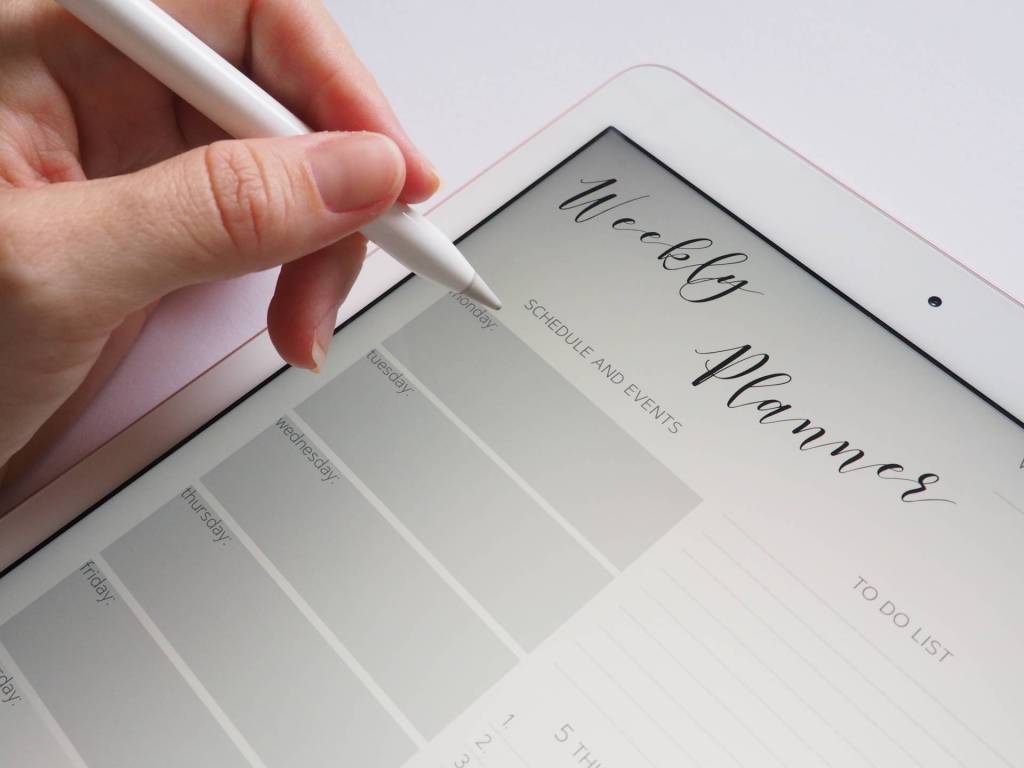In a modern and digital business world, it’s hard to imagine a brand that doesn’t use digital content and assets to promote and sell its products or services. From videos and images to articles and presentations and everything in between, digital assets are the building blocks of an effective business brand. That said, these digital assets can only help your brand efforts if properly managed. This is where digital asset management systems, or DAMs, come in. This article shares the basics of DAMs and how they contribute to the success of your branding efforts.
Understanding Digital Asset Management Systems
As its name implies, a digital asset management system helps in the organization of all media-focused aspects of your brand. At its core, a DAM is a centralized platform that stores, manages, and shares your business’s digital files and content.
Today, however, most DAM software is no longer confined to just storage solutions for digital assets. The best DAM platforms now offer several convenient features that can drive efficiencies and productivity across the entire digital content lifecycle. This ultimately impacts your marketing and branding efforts.


Why Do Brands Need Digital Asset Management?
So, how does reliable digital asset management software elevate your marketing and branding effort? Below are some of the reasons why it’s an important tool for successful brands:
-
It Improves Digital Asset Organization
The biggest benefit of implementing digital asset management software is improved asset organization. As mentioned before, DAMs are the first and foremost storage tool that organizes and manages all your creative content.
It provides a centralized location for all digital assets, providing your creative teams and relevant users with access to the latest on-brand and approved files. Most DAM platforms have an intuitive hierarchy for storing digital assets, ensuring that duplicated files are deleted while preventing lost data.
-
It Allows You To Find Digital Assets Faster
With a better organization of digital assets, finding and accessing the right assets is easier and faster. Instead of marketers, designers, and other team members combing through drives, emails, and desktop folders for a specific asset, they can simply search the digital asset management platform to find what they need.
Most DAM software also features advanced search tools that allow users to search for very specific assets to find exactly what they’re looking for. Some software also can save searches so users can find assets based on search criteria they repeatedly use. This helps save time and effort, allowing teams to focus more on important branding strategies, ultimately ensuring a more productive team.
-
It Improves Sharing And Collaboration
Years ago, teams use email for file sharing. However, in a fast-paced and digital asset-rich workplace, email is no longer a practical channel for transferring a large volume of content.
Today, a digital asset management system has become the standard for asset sharing and improved collaboration between teams. It allows users to share digital assets with external and internal teams without extra software. As a result, it helps improve collaboration and eliminates gaps and information silos.
-
It Simplifies File Conversions
Every company uses various file formats for branding initiatives. That said, file conversions may be the bane of a brand designer’s existence. In general, you want your design teams to focus their efforts on the branding campaign at hand. However, the time spent on converting files can hamper their productivity.
Fortunately, most digital asset management systems can easily automate file conversions. This means assets can be converted on-the-fly for various file sizes and types.
For instance, if your social media management team constantly converts large files into formats and sizes that are best suited for the networking platforms you use, a digital asset management system allows them to set specific conversions and the necessary parameters automatically.
This saves time that can be used more efficiently on project completion and enhances branding strategies.
-
It Increases Asset Security
Businesses that take an ‘as-needed’ approach to file storage usually struggle to control access to assets and files. Digital assets without controls are a security risk. This may result in breaches or leaks of private data and marketing strategies.
However, with a digital asset management solution, you can keep digital assets secure by storing them in a single place. What’s more, most DAM software allows you to set access levels and user permissions. So, you can control who has access to what. Thus, you can ensure that only authorized users have access to specific digital assets and branding materials.
-
It Ensures Compliance And Minimizes Legal Risk
From architectural firms to international clothing brands, your branding efforts will need to follow regulatory compliance. Your branding teams will need to track the use of licensed images, photos, music, videos, or other assets. And with license rights and regulations varying from one place to another, ensuring that your branding materials stay compliant can be an overwhelming task.
However, digital asset management allows your team to stay in full control of compliance. It allows your team to manage and control content usage, avoid penalties for copyright infringement, eliminate off-message or off-brand communications, and track regulatory compliance and obligations, among others. With less legal risk and full compliance, you can prevent reputational damage and ensure branding success.
-
It Provides Digital Asset Insights
Your branding team will need to generate detailed reports to inform stakeholders of campaign results. This can be a daunting process, particularly if you rely on canned and customizable reports from external sources.
However, with a digital asset management platform, you can obtain real-time and historical data on your digital assets and create customizable reports for asset tracking and governance. In short, a DAM system can make it easier for teams to measure and report on digital asset usage and performance across different channels.
Takeaway
As modern consumers rely more on the digital realm in finding and learning more about brands, businesses need to build their digital presence to thrive. This means creating more digital content and assets. As such, the need for a dedicated digital platform to manage thousands of digital assets has never been more important than today.
Without the right digital asset management software, maintaining and managing your growing digital asset collection can quickly become a nightmare. However, choosing the right one for your business ensures that you enjoy the numerous benefits mentioned above.













